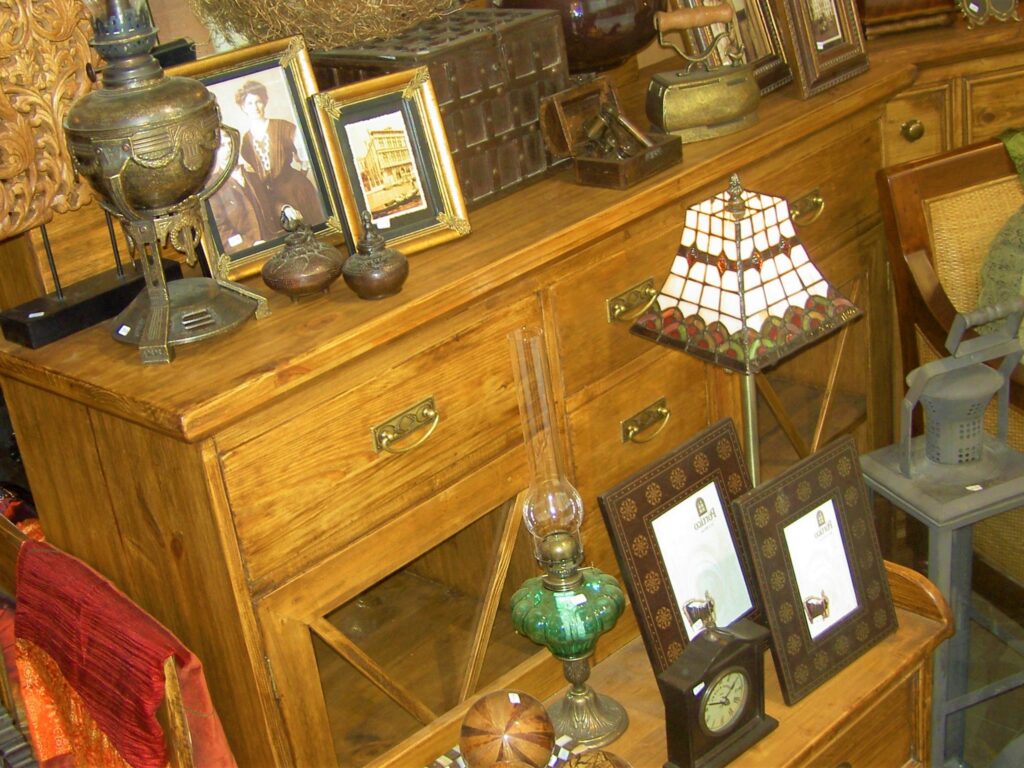“Furniture” is an essential topic in arranging the household and the interior of an office circuit. Usually, the term “Furniture” refers to household equipment made up of metal, wood, fabric, leather, plastic, marble, and glass. Initially, the word “Furniture” derives from the French term “furniture,” which refers to the idea of equipment. Then it got into most other European languages. However, the corresponding words like (German Möbel, French “Meuble,” Spanish “Mueble,” Italian “Mobil”’) supposed to derive from the Latin adjective “Mobilis,” meaning movable. It believes that “Furniture” to be transferable. Since furniture presupposes a specific degree of residential permanency, it is understandable that no independent furniture types are developing among the Melanesians or the Inuit in Greenland or the Mongolian nomads in Asia since the beginning of the civilization.
In general, “Furniture” occupies a history around 5000 years, subjecting to changes over time. During Egyptian civilization, a folding stool found around 1500 BCE was using for the essential functions quite the same as the modern scenario. Since the mid 20th century, with entirely new synthetic materials like plastic and completely new fabrication techniques, including casting, the recent signs of the revolutionized version of furniture arrives on the market. “Furniture” is finding as movable substances that make space and a place suitable for living and work. People have made “Furniture” since the Neolithic period. The excavations in Skara Brae, Orkney, Scotland, dating back to 3215 BCE; it has the shreds of evidence of the stone types of furniture like bed, cupboards, and seating. Most of the people know about the “Furniture” of the Egyptian nobility. Such as King Tutankhamen, whose tomb was prominent for many types of “Furniture.” Most Egyptian elites and the working class people enjoy the comfort of the chairs, stools, beds, sofas, stores, cabinets, and various types of tables. Most of them were carved from exotic wood and laid with ivory and gold. Straight lines and boxy shapes characterized the Egyptian furniture creation designs. The Egyptians enjoyed the “Furniture” designs at a functional level ad pleasing to look. The early Greeks got influenced, and the boxy shape “Furniture” of Egypt could see among their plans. But during the 4th and 5thcentury BCE, the Greek designs became softer as they were used in layers of wood to carving but not to excess. Stores and tables were essential pieces, and such was the couch used for sitting day time and during the night as a bed. Many houses of this period consisted of a mode room which was in usage regularly for everything. So the “Furniture” was limited to a table, stool, and a trunk cabinet for storage and perhaps a bed.
Whereas the medieval “Furniture” is heavy, with blocky legs. (from 500 to 1500BCE). It was usually constructed out of English Oak, although other wood varieties were available during the time. Since the wood was blocky, the many pieces were decorations with carvings, and the finished pieces were oiled and polished. The English style named Jacobean furniture was the inspiration behind the Elizabethan furniture. This style version appears to be firmly sturdy while they are large and made to last. Even it was popular for the uncomfortable provisions. As well, the ornamentation is varied, with some craftsmen refining while others were overdoing. The furniture styles follow the square, rectangular or lower level seating than previous styles. Furniture legs appeared to be narrower than before, and many artisans focused much on creating spiral turned legs to lighten the appearance. During the colonization period, specifically the period after the colonization of America, the immigrants brought furniture pieces from their home countries while the craftsmen understood the necessity of the styles to be the practical, functional pieces needed by the settlers. Unlike the previous Jacobean style, a few decorations could be visible on the early colonial pieces. With the arrival of new styles came to America, the craftsmen shifted to those designs and made American furniture concerted to be more sophisticated and decorative.
With the beginning of the 18th century, there were rapid changes in furniture designing. This period excavated a more comprehensive range of styles ranging from the English William and Mary, Chippendale, and more, to the French types from Louis XIII to Directoire. It is also considering the golden age of the cabinetmaker and furniture carefully designed and built by artisans trained in furniture design’s fine craft. In the 19th century, the revival period, society changes with the Industrial Revolution. And the advent of new occupations created a competitive market for home construction, and thereby a new generation of furniture buyers was born. During earlier ties, the furniture styles were repeating, and the mass-production methods of the Industrial Revolution made reproducing furniture in the forms of easiness and cheap. The ornaments were detailed with the Rococo and Gothic styles and could be mass-produced and attached to different furniture pieces. The basic outlines of some features of types of furniture based on the historical values named as,
- Chair
Furniture was a rare item in Ancient Egypt. The people used woven baskets to store their few belongings and sit on mats or blankets daily. At the time, furniture was an exclusive luxury saved for the rich and powerful. During 1919-1933 the Bauhaus movement reinvented furniture design forever. This influential German design studio first established the clean lines that appeared in present furniture. Bauhaus rejected the unnecessary stylistic affections and prioritized the function, neutral colors, and clean shapes.
- Dining Set
With the rise of the early 18th century in Paris, the wealthy social elite was busy rejecting Baroque’s regal seriousness for something more fun. The exuberant new Rococo style furniture maximized for dense ornamentation, fluid lines, and pastel colors with different styles. On the other, at the end of the spectrum, minimalism rejects the past’s lavish classes. The utilization of few materials and clear lines – minimalism grew out rapidly all over the New York art scene in the 1960s.
- Sofa
The ancient Greeks did not possess many forms of sofa though they carefully crafted what they have. Mid-Century, the couch displayed the Modern valued functionality, elegance, and simplicity. And the furniture from this era usually combines with two raw materials, such as a vibrant color fabric paired with a block of rich wood.
- Desk
The Medieval period furniture is instantly recognizable due to its ornate wood carvings and stark look. Many curved lines or circular forms in the table from this time are invisible. It is associated with square or rectangular shapes. In contrast, Organic Design gave birth to natural, smooth rounded forms. The design movement was a pioneering effort by American architect and interior designer Frank Lloyd Wright. He believed in creating harmony between people and nature. And the organic design is that he trusted was all about the use of natural materials and the perfect balance between the human-made and natural worlds.
- Bed
The furniture types during Renaissance was with massive influence by the classical antiquities of the past. Towards the end of the 15th century, trade brought immense wealth to Italy. The growing bourgeoisie demanded better and higher quality furniture at the time. Instead of depending on the past for inspiration, Art Deco designed celebrated modern life. It is in the 1920s and 30s with all of its luxury and sophisticated ideas. New materials of the time, including chrome, Bakelite, and plate glass, were combined with ivory, mahogany, and dark lacquered used for the surfaces to create classic furniture and architecture.

